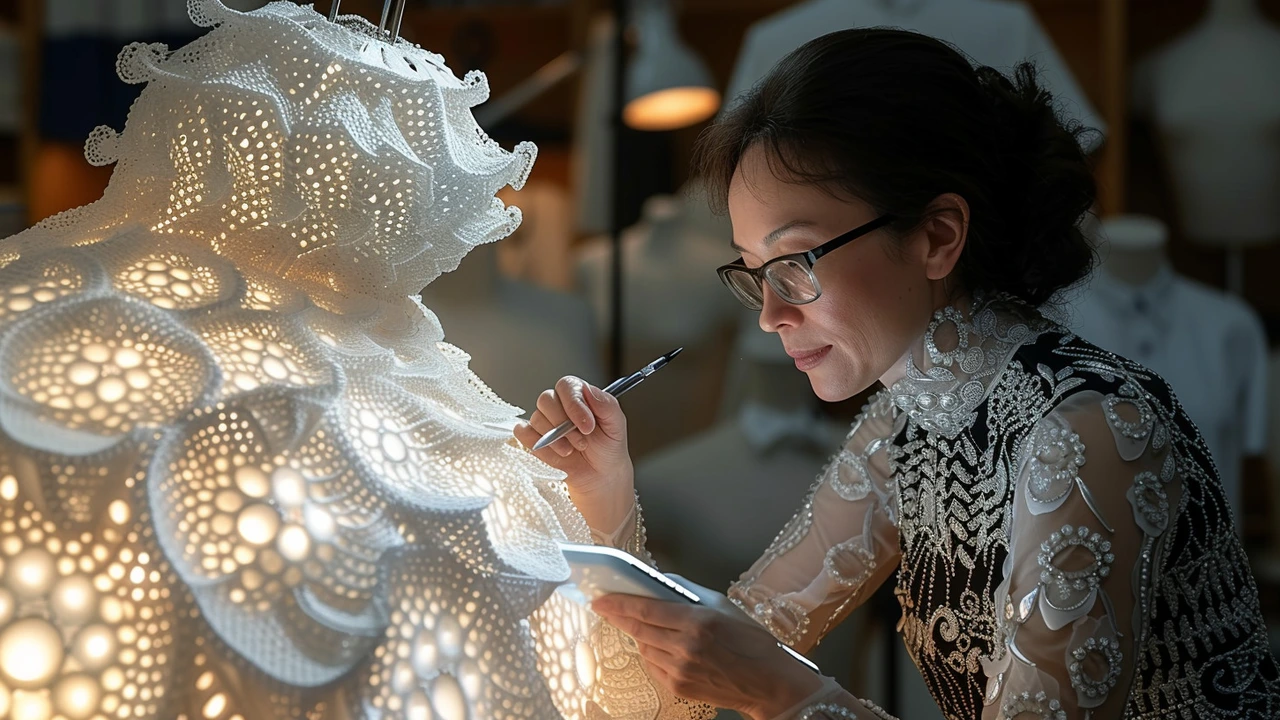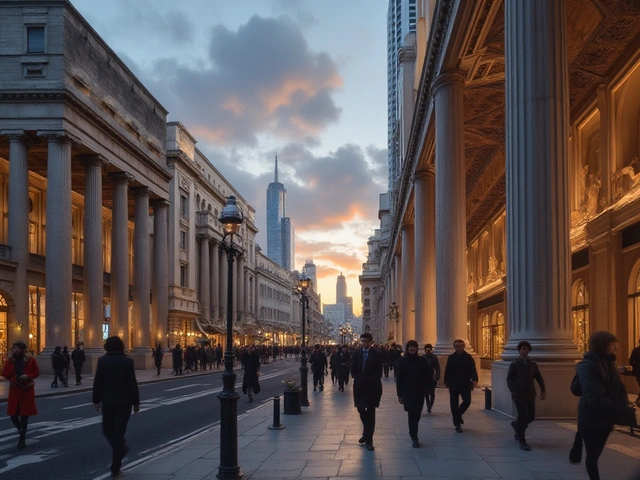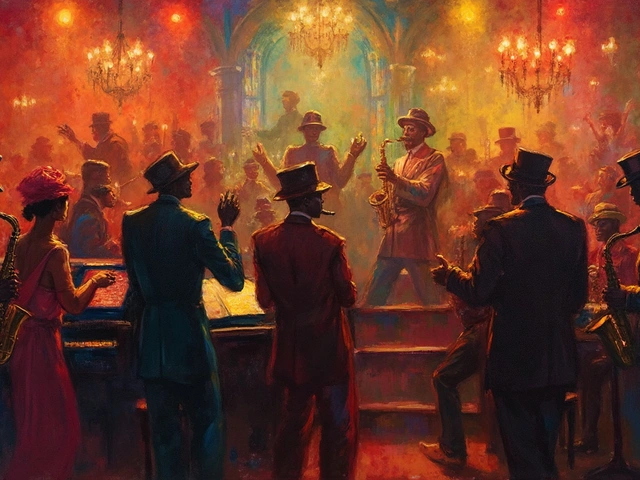The Influence of Gothic Art in Contemporary Design:
The realm of design is an ever-evolving fluid world, wherein ideas are molded, transformed and recycled quite unexpectedly. One such surprising recycle has been Gothic Art. Though the Gothic period dates back to the 12th century, it is as alive and influential today as it was then. Its key features, from arches and vaults to dark themes and intense religious undertones, have been mirrored and manipulated countless times in modern designs. As a living and breathing design enthusiast— an average mum who happens to know her rococo from baroque— I've been paying close attention to how gothic art has seeped into our present day designs, from our wardrobes and interior to our architecture and public spaces.
A Regal Revival:
There's a special strand of gothic design that gives it an irreplaceable relevance in contemporary design: its classic, timeless charm. The regal, grandeur associated with gothic art often brings about, in ordinary objects and spaces, an elevated, sophisticated edge that we simply can't get enough of. For instance, the adaptness of Gothic in home designs; the pointed arch windows, or dark wooden intricacies commingle so effectively in giving a stark, yet captivating character to modern homes. Witnessing this revival has honestly been a fantastic experience. Oh, and dare I mention the absolute winner that a warm, gothic fireplace is in the middle of a chill, Sydney winter.
The Embrace of Darkness:
Now, let's pause for a second and just appreciate the boldness of color that Gothic art embraces. The heavy, rich dark tones, initially used to set a distinct spiritual mood are now eye-candy in modern designs. Dark, moody color schemes have become increasingly popular settings in contemporary art and interiors. Not too long ago, my darling Maeve was in complete awe of a gothic-inspired art installation we saw at a local exhibit. The depth of the colors drew her in. It was an innocent anecdote that somehow encapsulated the universal, timeless allure in gothic aesthetics.
Architectural Innovations:
The architectural prowess of Gothic art, loaded with flying buttresses, ribbed vaults, and extravagant detail, have been integrated into numerous modern architectural pieces. Gothic reiterations like arches and tall narrow structures are adopted in modern designs to achieve certain aesthetic and spatial effects. A fine example is the stunning Sydney Harbor Bridge— a marvel besieging the past and present. Although it's not blatantly Gothic, one could argue that its bold curvatures resemble those of Gothic arches. Now that's Gothic influence in full swing!
Gothic Fashion, a New Era:
The world of fashion hasn't been spared the influx of Gothic influence. The same elements defining the style— dark romanticism, mysticism, complex ornamentation— have luxuriated fashion runways, making way for intriguing, avant-garde creations. Take Alexander McQueen's design, it's pure gothic drama with a modern flair.
The Visual Language of Iconography:
The gothic period was significant for religious iconography. The imagery, symbolism, and visual narratives used are strikingly mimicked in modern designs to communicate complex themes or ideas. This manipulation of iconography is most notable in logo designs, where unnoticed symbols may hold such profound meanings. It's the kind of design element that makes you go 'aha!'
Graphic and Digital Art:
The rapid growth of digital media has seen dramatic shifts in design aesthetics, particularly for graphic design and digital art. Gothic art morphed into digitally created environments has birthed surreal, otherworldly landscapes. This genre has gained popularity particularly for video game and film productions — have you ever played Dark Souls? Well, you get the picture.
Product Design and Gothic Trends:
Moving from grand themes, we find gothic nosing into product designs. Everyday items, like furniture, stationery, fashion accessories, kitchenware and more get adorned with gothic elements. Imagine sipping coffee from a skull-styled mug – an interesting wake-up call, wouldn't you say? But jokes aside, these unique items make for a delightful deviation from the norm, adding an element of intrigue to otherwise mundane items.
The Longevity of the Gothic Influence:
Revisiting the past can sometimes be an enlightening journey. Through centuries, Gothic art has proven to be more resilient, influential, and revolutionary than it was ever intended to be. It’s astonishing how complex the relationship between the past and the present can be, especially when viewed through the lens of design.
Before I sign off, here’s a tip! If you're considering integrating gothic design into your own space, remember balance is key. Too much can be overwhelming and detract from the aesthetic. A little touch here and there can add a hint of sophistication and elegance. Have fun exploring the mystique world of Gothic art, and remember, in the art of design, the world is but a canvas to your imagination.




